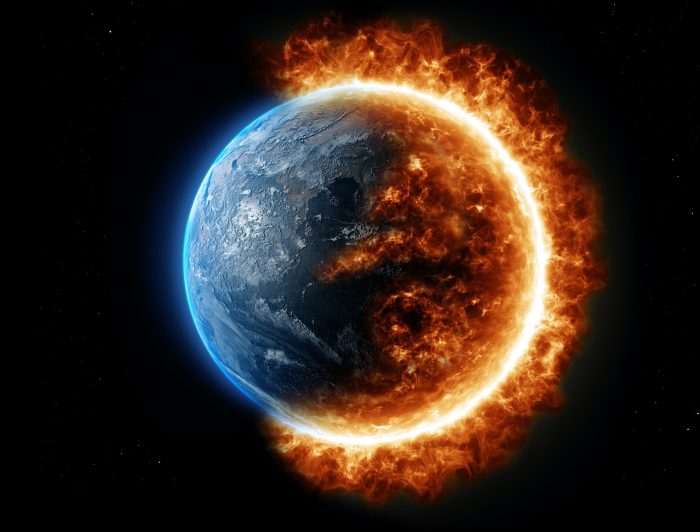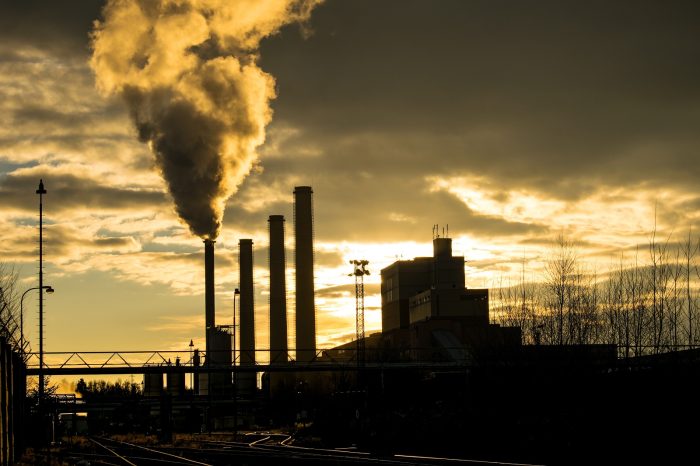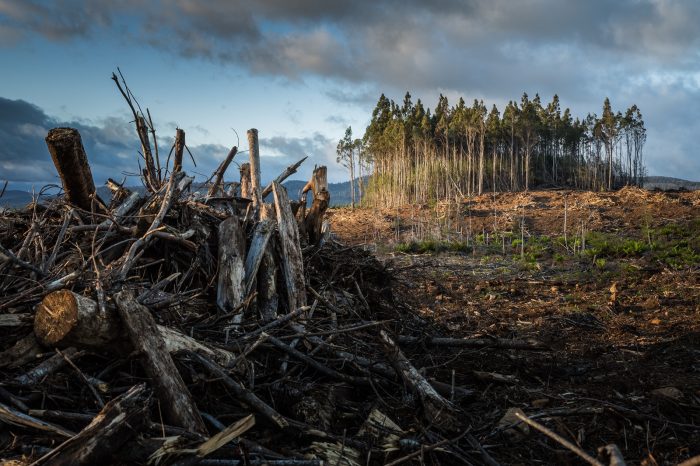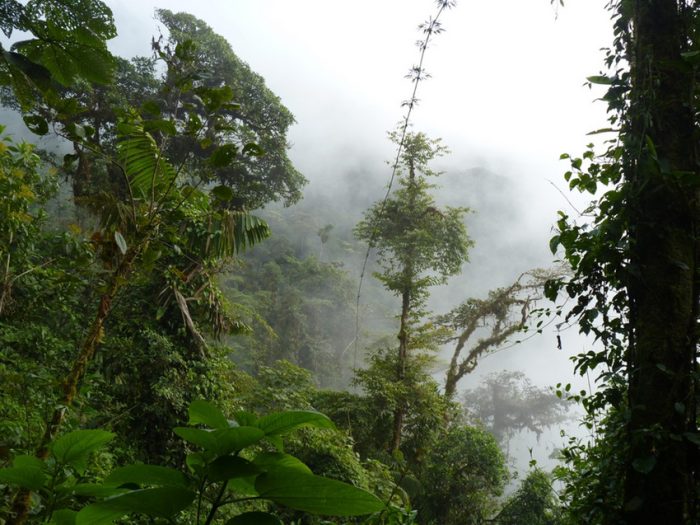Why we need to keep global temperature increases within 1.5°C.

In last month’s blog we covered some of the basic principles around climate change and what causes global warming. Today, we hear a lot about keeping global temperature increases within 1.5°C, and
so, in this blog we are looking at the significance of 1.5°C, why we started talking about it, and why it’s so important.
In 2015, the Paris Agreement was signed at COP21, a global UN climate conference that is held every 2 years. The agreement is a legally binding treaty that aims ‘to hold “the increase in the global average temperature to well below 2°C above pre-industrial levels” and pursue efforts “to limit the temperature increase to 1.5°C above pre-industrial levels’. However, because of findings from the Intergovernmental Panel on Climate Change (IPCC), there has been a greater emphasis on keeping temperatures at or below 1.5°C of warming.
The IPCC is composed of global climate experts and scientists who deliver reports to the UN on climate change; they are charged with looking at the causes and effects of climate change, as well as the reduction solutions that will have the greatest impact. A lot of our current understanding of climate change comes from the IPCC’s reports.
Why the emphasis on pre-industrial levels?
Before the industrial revolution, though greenhouse gases (GHGs) were present in the atmosphere, they remained relatively low, due to Earth’s biocapacity (our planet’s ability to absorb and generate ecological resources). It was during the industrial boom (1850-1900) that GHG emissions began to steadily rise and, as industry increased, so did GHGs. Once these levels became too high, they remained in our atmosphere because this exceeded the Earth’s ability to reabsorb and recapture the emissions. Global temperature rises are therefore measured against this pre-industrial period, as a gauge of how much the Earth is warming and exceeding its biocapacity, because of human activity.
 © Michal Pech, Unsplash
© Michal Pech, Unsplash
It’s helpful to think of it like a budget; every year the Earth has a ‘budget’ in which the carbon and GHGs we emit can be regulated and removed from the atmosphere by natural resources, such as rainforests and the oceans. Once we’ve used up our budget, these GHGs remain in our atmosphere, warming the planet. It’s at this point that our ecological footprint exceeds the planet’s biocapacity and is often referred to as ‘Earth Overshoot Day’. In the early 1970s, this fell towards the end of the year, in late December. This year ‘Overshoot Day’ will fall on the 2nd August, meaning we are using the natural resources equivalent to 1.75 Earths.
Why 1.5°C?
To avoid climate disaster, the IPCC recommends limiting warming to 1.5°C above pre-industrial levels. 1.5°C doesn’t seem like a big increase, especially as we see fluctuations in local temperatures much higher than this day-to-day. However, as the overall temperature of our planet shifts, we can quite quickly see some changes that vary significantly for different regions and communities. For example, a 1.5°C increase globally might mean more extreme monsoon seasons in one region and extreme drought in another. Currently, we are at 1.1°C of warming against pre-industrial levels and we are already seeing the effects of this via hotter days, droughts, flooding, wildfires, and warmer and more acidic oceans.
 © Matt Palmer, Unsplash
© Matt Palmer, Unsplash
As it currently stands, if we were to take an optimistic approach and assume that those who have set Net Zero targets meet them, we would hit 1.8°C of warming.
So, it’s clear that that we have a lot of work to do, and both governments and organisations alike are setting ambitious targets.
What is Nikwax doing to help?
At Nikwax, we have pledged to reduce our scope 1 and 2 emissions by 30% by 2025. We have submitted our reduction targets to the Science Based Targets Initiative for validation, to ensure that we reducing our impact in line with the 1.5°C pathway.
To help promote the Earth’s natural resources and increase its biocapacity, we have worked with the World Land Trust since 2007 through its Carbon Balanced programme and Action Fund. We have helped to fund projects that protect and expand essential carbon sinks and biodiversity hotspots in both South America and Southeast Asia.

 © World Land Trust
© World Land Trust
Thank you for taking the unfolding climate disaster seriously. Any further reduction in emissions that you can make will be gratefully noted